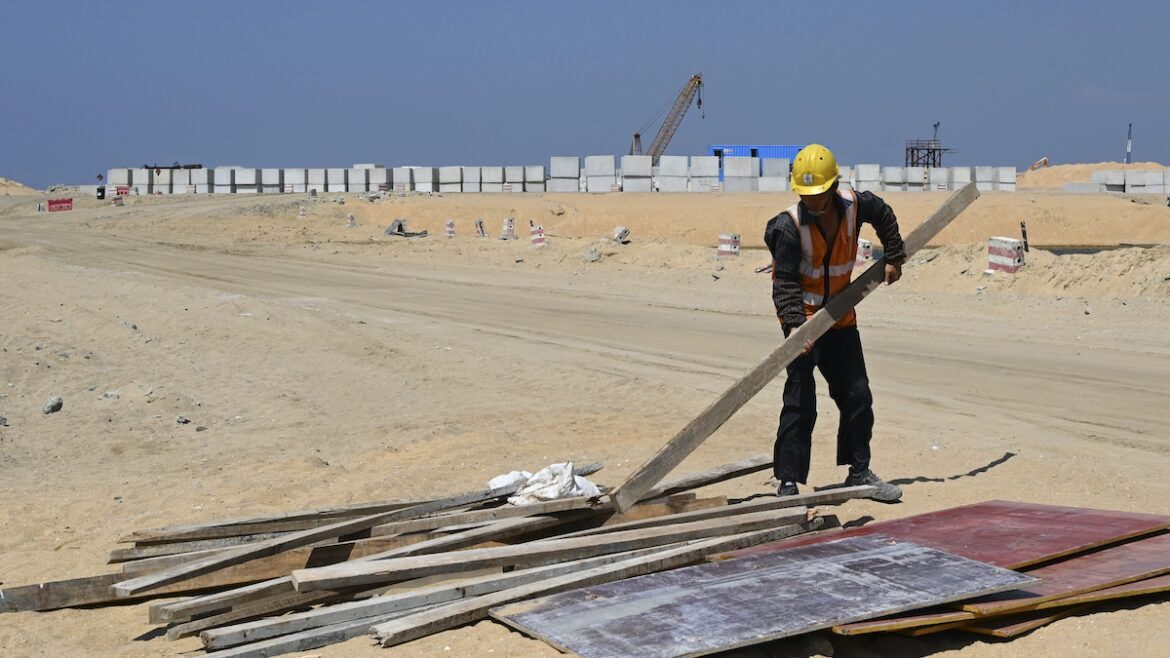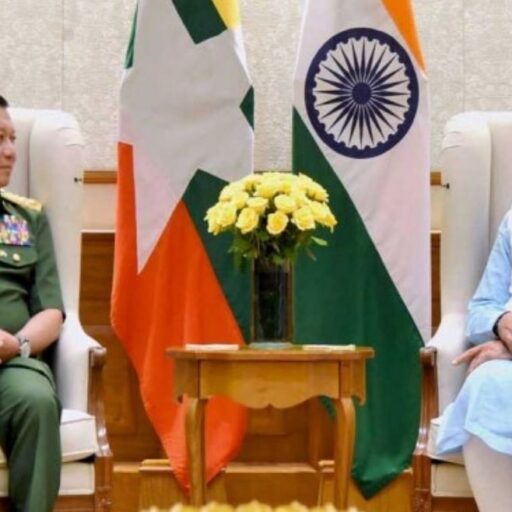On May 14, the Nepal Army “sealed a deal” with a Chinese company to construct bridges and tunnels along the Kathmandu-Terai expressway. The agreement was signed despite the Public Accounts Committee of the Nepalese Parliament issuing a directive to scrap the contract for violating the “competitive bidding process.”
Even though 22 bidders had applied, reportedly only the bid from an engineering company based in Guangzhou, China, was considered.
“The deal” is indicative that China’s economic engagement is threatening to undermine the institutional balance in Nepal, which is in the midst of an intense political crisis. On the other hand, China is reaping the benefits of sustained engagement of various leaders across Nepal’s political spectrum.
There has been a steady uptick in visits by senior Chinese leaders to countries in the South Asian subcontinent recently. Since January 2020, despite the outbreak of Covid-19 and the associated travel risks, there have been at least nine visits by senior Chinese leaders (such as Xi Jinping, Wang Yi, Wei Fenghe and Yang Jiechi) to Myanmar, Pakistan, Sri Lanka, Bangladesh and Nepal.
Apart from that, Pakistani President Arif Alvi and Foreign Minister Shah Mahmood Qureshi visited China last year.
Last month, Chinese Foreign Minister Wang Yi hosted a South Asia conference for counterparts from Afghanistan, Pakistan, Bangladesh, Nepal and Sri Lanka to discuss the Covid-19 situation. This was the fourth such meeting since the outbreak of the pandemic, previous meetings having taken place in July and November 2020 and January 2021.
Soon after, Chinese Defense Minister Wei Fenghe traveled to Dhaka and Colombo and met with the top leadership to discuss ways to boost bilateral ties. Wei had traveled to Nepal and Pakistan in November-December 2020.
Such an uptick in China’s engagement with the region is happening in a fluid geopolitical context when there is heightened territorial friction with India, rapprochement with the US looks distant, and Beijing is in search for new markets for its exports. However, Beijing is facing significant challenges across the subcontinent.
Bangladesh
In April, an under-construction Chinese-financed power plant in Bangladesh witnessed on-site protests over “unpaid wages, working hours and alleged discrimination.” During the protests, five people were shot dead by Bangladeshi police and several others were injured.
There have been earlier instances of conflict as well between Chinese firms and locals in Bangladesh. Two years ago, in clashes between Chinese and Bangladeshi workers at the Chinese-funded Payra power plant, one Chinese worker died, and six others were wounded. Further, last year, at the Padma Bridge Rail Link Project, which was being implemented by a Chinese firm, protesting workers were fired at by private security guards.
Sri Lanka
Last month, the Sri Lankan Supreme Court found inconsistencies in a legislative bill seeking to provide special governance frameworks for the China-funded US$1.4 billion Port City in Colombo. While the government has declared that it will abide by all suggestions of the Court, there are concerns that new provisions will reduce the role of elected bodies and limit direct oversight by regulators.
Despite such concerns, the Sri Lankan Parliament debated the bill. After incorporating amendments suggested by the Supreme Court, Parliament passed the bill on May 20 with a comfortable majority.
In some sections of Sri Lanka, there is a fear that the port city could result in a Chinese colony inside the country. A few years ago, similar concerns were expressed when there were violent protests led by Buddhist monks against the leasing of private land to China for an industrial zone close to Hambantota Port.
Pakistan
While the China-Pakistan bilateral relationship continues to move on an upward trajectory, in Balochistan, there is significant resistance to Chinese projects. Last month, there was a car bomb explosion at a hotel in Quetta in which the Chinese ambassador was staying.
In 2020, there were protests by Pakistani laborers working on Chinese-funded projects in Karachi on the issue of unequal pay, and there were protests in Muzaffarabad, a city in Pakistan-administered Kashmir, against the construction of dams by Chinese firms on the Neelum and Jhelum rivers.
Earlier, in 2018, the Pakistani newspaper Dawn reported that “some Chinese nationals associated with the Chinese army … attacked and injured police personnel deployed for their security.” There were similar clashes between Chinese nationals and Pakistani police in 2016 as well.
Unfulfilled promises
While the political elite of the South Asian states scale up economic engagement with China, there has been popular resistance to Chinese projects. Political leaders validate China’s economic offers with a hope that such engagements will far outweigh the problems.
Yet the articulated promises in many instances have not translated into reality. As a result, the local populace has been contesting such Chinese-led investment-oriented development strategies.
While foreign direct investment is sometimes contested in a few countries, in the case of Beijing’s infrastructure investments, additional variables such as concerns about debt traps, lack of transparency, aggressive diplomacy, and friction due to excessive use of Chinese labor have often resulted in discord at the local level.
Even after four decades of robust external economic engagement and more than seven years since the Silk Road initiative (later rechristened as the Belt and Road Initiative) was launched, Chinese investments continue to generate resistance.
There is an opinion that Chinese firms deploy entire ecosystems, which often tend to be closed as personnel at various levels come from China to operationalize projects, thereby alienating the domestic labor force.
The challenge in moving forward is for the recipient countries of Chinese aid to demand greater transparency in project implementation, reduce the number of Chinese workers, and ensure greater local participation.
An unwavering focus on long-term implications and genuine stakeholder consultations at all levels will enable smaller countries in the subcontinent to overcome such challenges.









